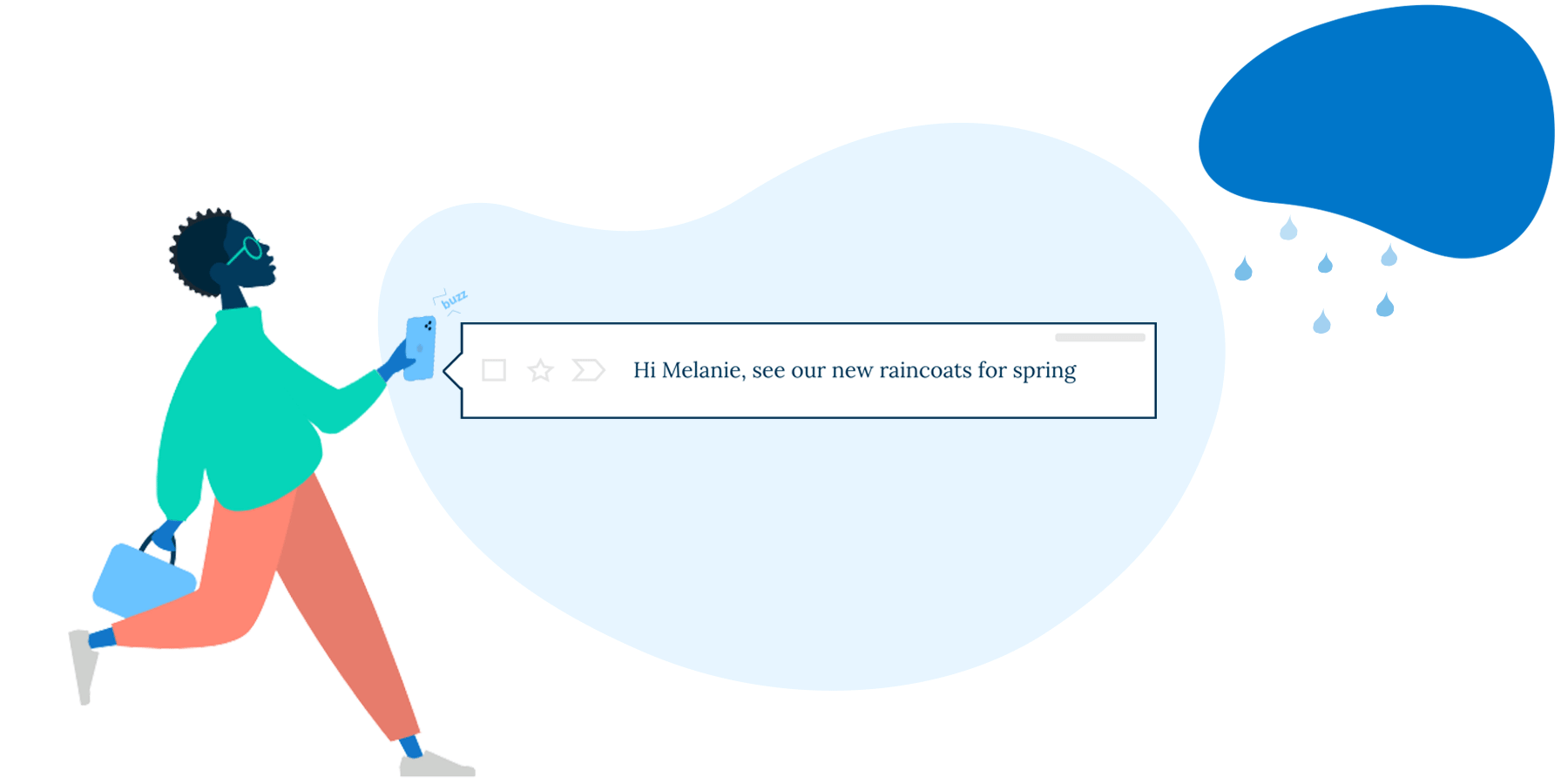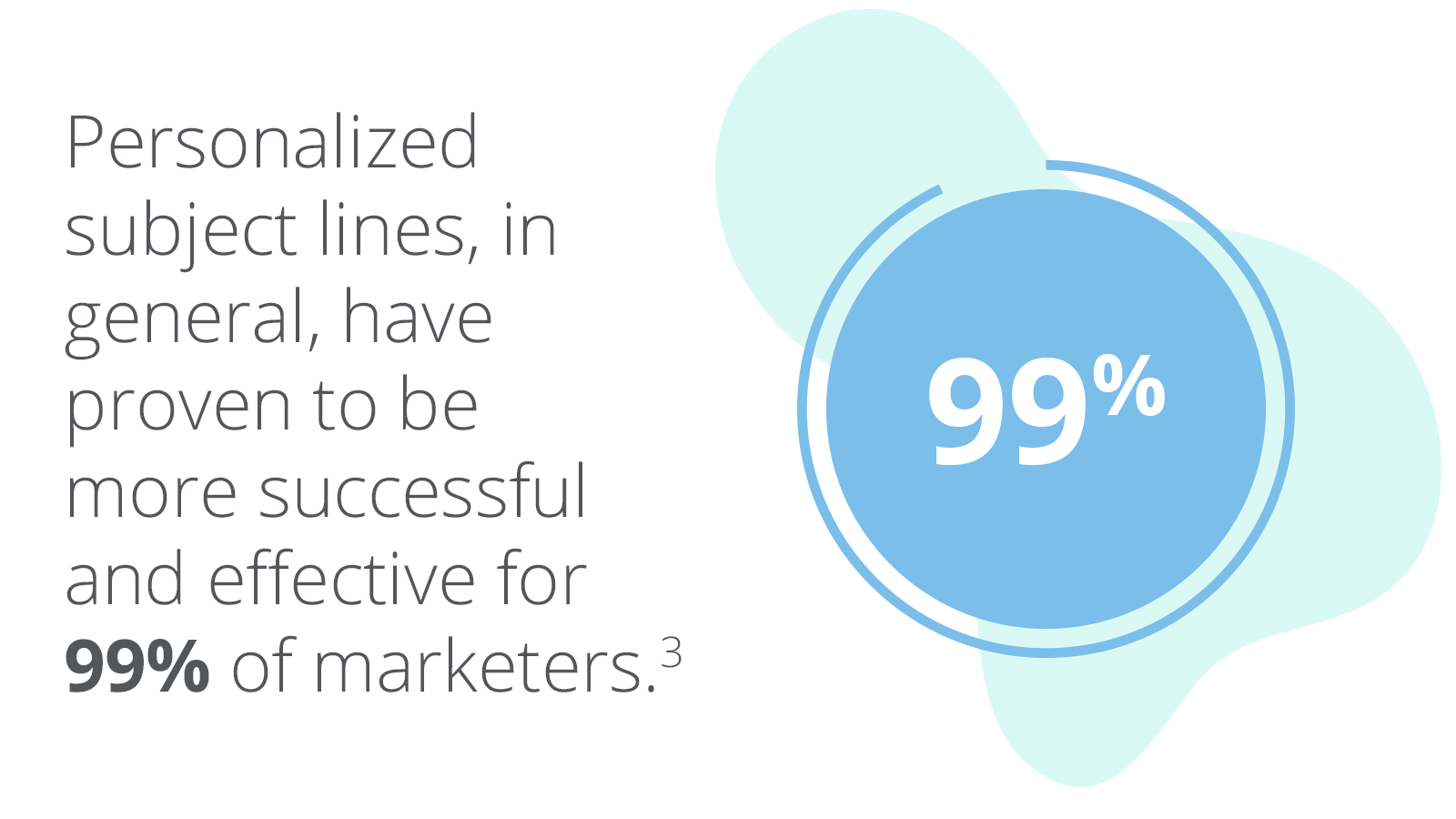Stay on Subject: How to Write Better Subject Lines and/or Make New Friends


Written By Jared Johnson Senior Content Writer
Many marketers spend endless hours developing an email campaign but leave their subject line as an afterthought. It’s important to remember that those 30 or so characters are the first bit of messaging people see in their inbox, and it’s the make-or-break statement that leads to subscribers opening your hard work inside or sending it straight to the bin with the other junk. Think of the subject line as a conversation starter. Now look back at how you’ve been starting conversations. Would people be compelled to listen, or would they be looking for the exit?
If you’re witnessing low open rates from subscribers who have still not opted to unsubscribe from your emails, that could mean those subscribers are still interested in you, or rather in your brand, but just not exactly enticed by your “conversation starters” as of late. Below we’ll review some tips that you can use to optimize your subject line strategies and make you better at speed dating, too.
1. Know Your Limits
People appreciate brevity and want you to get to the point. It’s why the Oscars won’t let actors give an acceptance speech for over 45 seconds (unless you’re Cuba Gooding Jr. and continue to sing your thank-you’s over the play-off music). And email apps are no different. In 2020, 81% of emails were opened on a mobile device.1 Out of those mobile users, the top email apps used were (1) Apple iPhone, (2) Gmail, (3) Apple Mail, and (4) Outlook.
While each of those apps have different cut-off points for subject lines, it all falls in the range of about 40 characters (iPhone) to 70 characters (Gmail). But even if an email app permits a subject line to have 70 characters, an upright phone in portrait mode typically only shows approximately the first 35 characters of a subject line, leaving subscribers to have to click the email to read the rest. If you haven’t piqued their interest in those first 35 characters, then you might as well forget even writing the rest of that subject line.
A best practice to consider, then, is to keep your subject lines short and sweet (and under 35 characters if possible). Say more with less, and you’ll be glad you did.
2. Stay Fresh
Pay attention to which conversation starters have seemed to resonate with people. You can continue to use those, but make sure you notice when they stop working, too.
If you have the tech to do so, observe which included variables in your subject lines have correlated to an increased CTR. Continue to include those variables in future subject lines as a best practice. But it’s vital to continue to monitor if those variables remain successful! Every marketing tactic works until it doesn’t. That joke that killed in 4th grade—it’s less of a hit, now that you’re 40.
3. Put It to the Test
Sometimes knowing what to say requires a little trial and error. Successful email marketers AB test often. With an AB test, you're simply seeing if variable A or variable B is favored among your subscribers. Beyond those single variables, the subject lines should be identical, otherwise there’s not really anything you can learn from the test. Testing two completely different subject lines only lets you know that one was more successful but not why it actually was (there are too many variables to determine which one made the real difference).
An AB test could be between two different kinds of offers, or questions versus statements.
4. Be Personable and Stay Relevant
It pays to be personal. No one wants to be lectured. Ask questions! Asking readers a question in your subject line can immediately engage them and create an instant dialogue. Try to keep your questions open-ended so your reader can’t answer them with a quick “yes” or “no.”
Secondly, don’t rely on discounts or coupon-speak. Offering a discount in the subject line is popular, but it can’t be your only strategy. Overly promotional email subject lines may come across to consumers as spammy. As mentioned before, test subject lines and don't assume that the same gimmick works on everyone.
And don’t scare people. Why are you screaming? Where’s the fire? Calm down. Using cheap clickbait tricks like “URGENT!” or “LAST CHANCE!” is annoying, anxiety-inducing, insincere, and will wind you up in the spam folder. Most people can identify a false alarm from a mile away, and those who didn’t will wish they had.
Also, drop the formalities and be conversational. You don’t have to use title case like you’re naming a novel. Despite lowercase subject lines only being used 6% of the time, marketing experts such as Val Geisler attribute increased open rates to it due to a more casual, personal feel.2 And on that note, be personal!

Personalized subject lines, in general, have proven to be more successful and effective for 99% of marketers.3 At ERGO, we take personalization to the next level using Smart Content™ with our Personalization App. It’s no longer as simple as using a subscriber’s first name—it’s also about tailoring bespoke content specifically for each individual. It’s like showing up to the conversation already knowing everyone’s favorite TV show. You’d be the life of the party.
1
The Science Behind Email Open Rates (And How to Get More People
to Read Your Emails)
2
2019 Email Marketing Statistics: We Analyzed 1,000 Emails from
Today’s Top Experts
3
Personalization Trends: 99% of Marketers Say Personalization
Improves Customer Relationships
